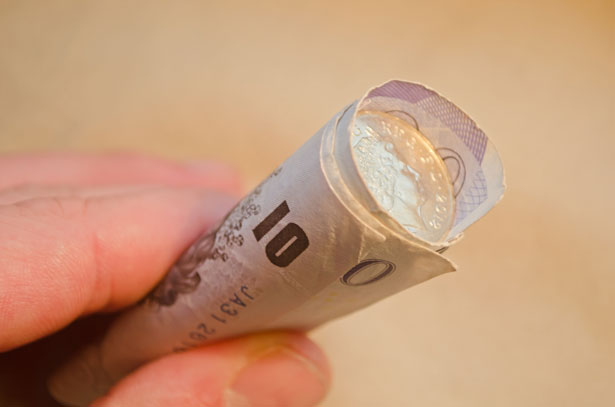Exzemoid Dermatitis is not a commonly recognised term, it is more commonly known as pasture rot, rain scald, mud fever, scratches or grease heel. Whichever way you are used to knowing it, it is not good for your horse to have. It is caused by a combination of fungal organisms and bacteria causing lesions on the skin after it has become irritated. Wrinkled areas of skin, as found on the bulbs of the heels or back of the pastern area are most commonly affected. Symptoms include;
Inflamed skin
Redness
Oozing of oedema
Cracks
There are many factors that bring about the cause of this condition;
Moist conditions
Poor stable management
Rough pastures (potentially causing the initial scratches that then become infected)
Clipping (if micro-cuts are caused by clipper blades)
The most successful course of action that can assist in the reduction of the severity of these symptoms and in-turn in the healing of the problem is a change in stable and pasture management. This includes daily cleaning, keeping the area dry and using a degreaser to soak the affected area in order to assist in the gentle removal of scabs and rough skin. In no case should scabs be picked.
Treatment can include applying antifungal cream to clean dry areas of affected skin. Human treatment cream for Athletes foot is known to provide good results. It is important during treatment to make certain that the affected area has a good circulation of fresh air and sunlight. Tissue dried by sunlight helps to kill some of the fungi known to infect skin with this condition. Do not bandage any area of the horse that is affected by scratches. Simple, common-sense treatment will assist in the elimination of scratches, not over medication. Keep your horse clean, keep his stable dry and sanitary, provide him with regular time outside and pay attention to any cut or graze he gets as this could become infected. Prevention is better and often easier than cure.
If you take a horse to water can you make him drink?
Weather and exercise dependent, horses will drink, on average, between 6 and 10 gallons of water a day. It is always good to make a mental note of your horse's drinking habits as often these can change if a disease is present. One familiar symptom of some of the most common diseases and some uncommon ones can be excessive drinking and urinating. By being aware of the drinking preferences and amount your horse chooses to drink, you can potentially spot early warning signs that something untoward may be occurring under the surface that can be stopped in its tracks.
There are some conditions you may have heard of where a change in drinking habits will be an obvious sign that there is a problem.
Renal Failure
Cushing's Disease
Diabetes Incipidus
Hormone Imbalences
POLYDIPSIA
This is the term used when the horse displays symptoms of excessive thirst, and in most cases, excessive urination. It is commonly seen in cases of diabetes, Cushing's and renal failure. Psychogenic Polydipsia is a condition where the horse, for an unknown reason, will drink excessively. This increased water intake will pass through healthy kidneys and then be passed out as urine. Many horses diagnosed with this condition will be able to work / exercise hard, will have a healthy appetite and not show any other symptoms of disease. It is only after understanding this and after a thorough examination by your vet that water should be rationed.
In excess of 10 gallons of water a day and your horse would be described as experiencing Polydipsia.
Even if none of the above conditions or symptoms that would indicate disease may be diagnosed as present within you horse, if your horse has changed their drinking habits or the amount of water they drink, you should seek a veterinarian's advice as to how to progress with your horses change in behaviour. They should take urine samples, examine your horse thoroughly and assist you in deciding the correct measured amounts of water you supply to your horse, as a basis of understanding and determining the source of your horses change.

 Prevailing Wage Fringes - How To Take A Credit For Health Insurance
Not ll medical care nsurance is made equal along ith the me
Prevailing Wage Fringes - How To Take A Credit For Health Insurance
Not ll medical care nsurance is made equal along ith the me
 Bladder Stones in Cats
Bladder stones are rock-like deposits of minerals
Bladder Stones in Cats
Bladder stones are rock-like deposits of minerals
 Aggression Between Cats in Your Household
Some cats just wont give peace a chance. There ar
Aggression Between Cats in Your Household
Some cats just wont give peace a chance. There ar
 Acute Painful Abdomen in Cats
An acute abdomen is an emergency that can lead to
Acute Painful Abdomen in Cats
An acute abdomen is an emergency that can lead to
 Acute Infectious Enteritis in Dogs
Enteritis is an infection of the gastrointestinal
Acute Infectious Enteritis in Dogs
Enteritis is an infection of the gastrointestinal